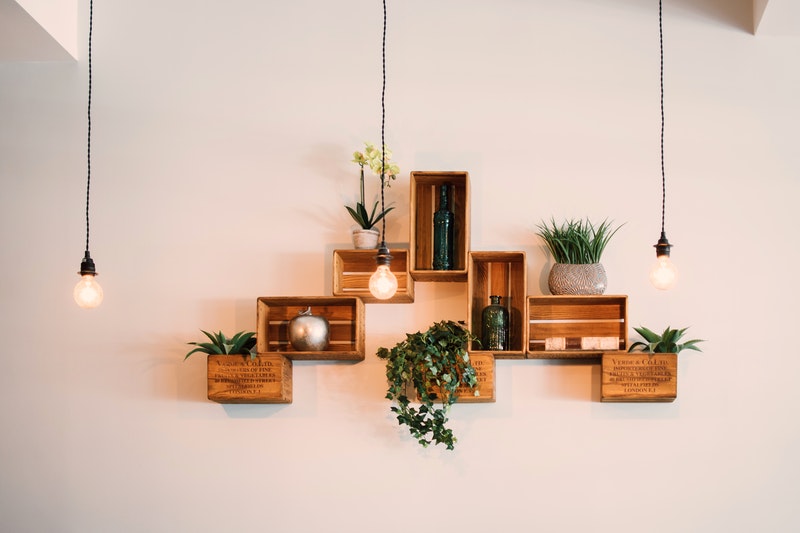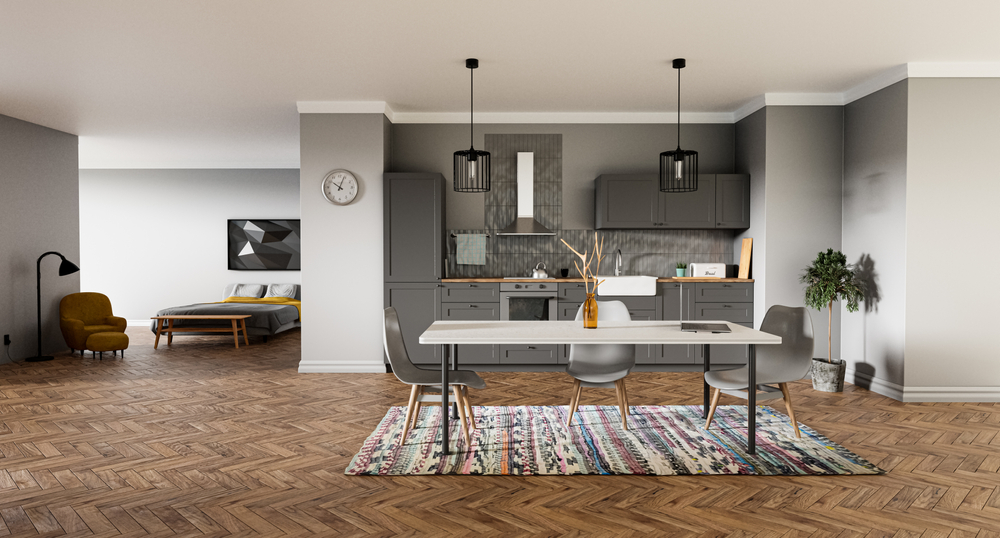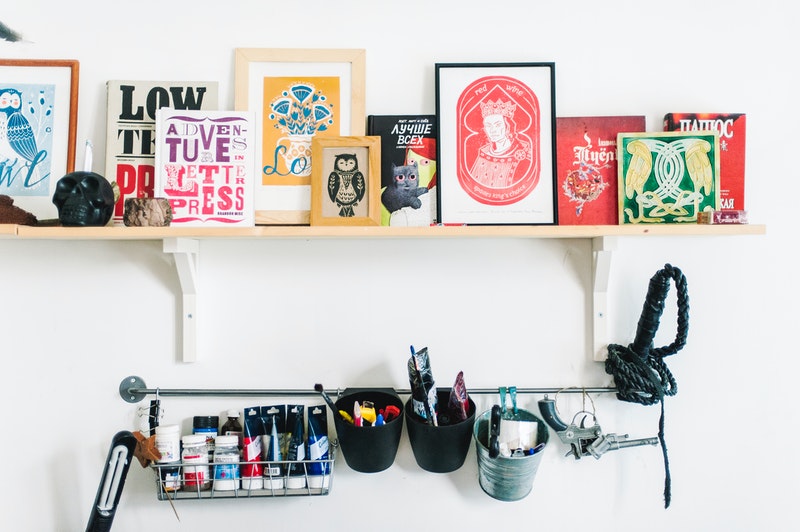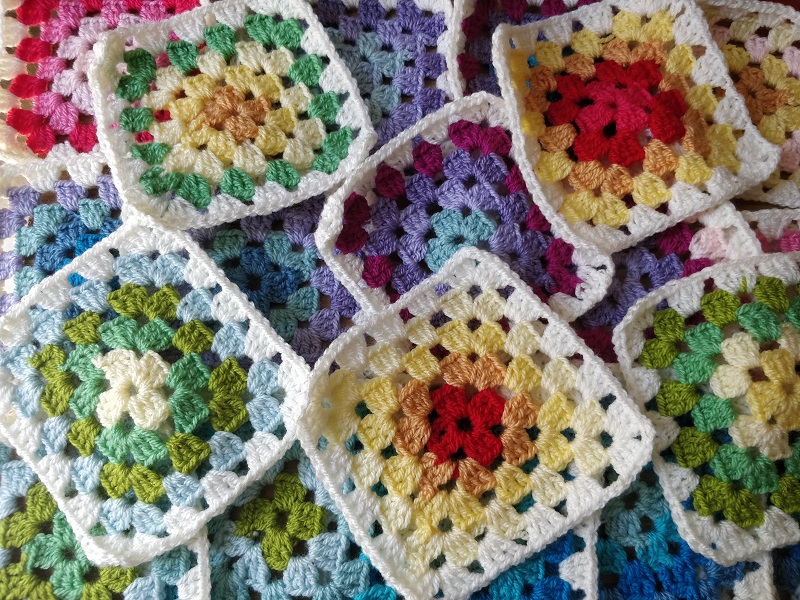How To Enhance Your Outdoor Spaces: Some Dos And Don’ts
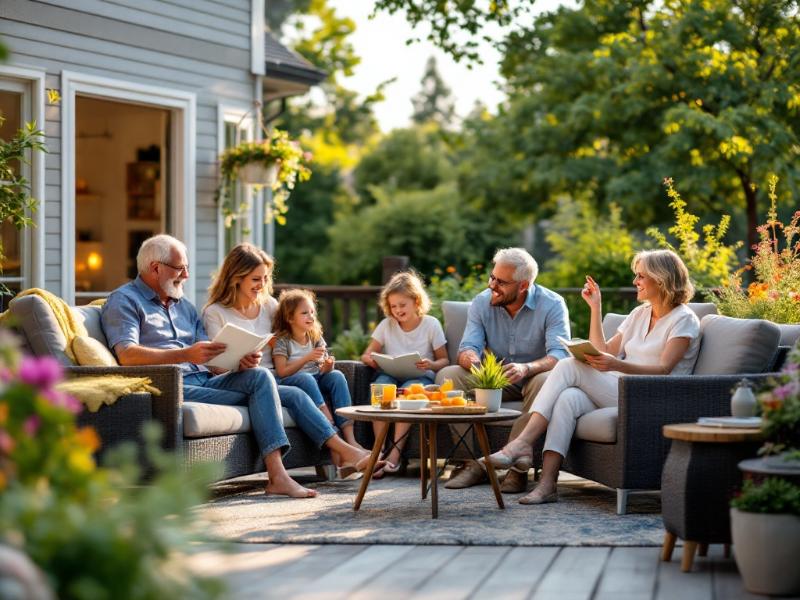
Many homeowners want to enhance their outdoor spaces. But what, specifically, should you be doing? How can you get it right?
That’s the topic of this post. We look at some of the methods you can use to improve your outdoor areas and make them shine, even if you’re the sort of person who isn’t particularly handy.
Do Define The Outdoor Area
The first step is to define the outdoor area. You want to set aside a part of your garden to accommodate your seating, fire pit, decking, or whatever else you want to add to the space.
Usually, you’d put this space by the rear bi-folding doors, but you don’t have to. Ultimately, you can place an outdoor area anywhere (and sometimes building it a distance from the house can provide you with a better view or make you feel closer to nature).
Don’t Choose The Wrong Furniture
At the same time, you want to avoid choosing the wrong furniture. Making mistakes here can lead to all sorts of problems, including rapid deterioration, mould, and rot.
Wooden outdoor furniture can be okay, but it is quite hard and requires annual treatment to stay at its best. Plastic will survive a long time, but the best material is arguably nylon thread. Manufacturers now make this look natural, like rattan, offering cushioning while also complementing outdoor pillows and cushions (made of special foam that inhibits microbial growth after getting wet).
Do Use The Right Fittings
If you’re laying a deck, make sure you use the right fittings. Don’t try to cut costs. Ensure you have suitable decking screws for the platform you want to lay, whether made from wood or composite materials.
Using the wrong fittings can lead to damage, wear and tear, and eventual failure of the installation. It can also be unsafe for adults and children.
Don’t Use Too Much Artificial Turf
While artificial turf is great in dry climates, you don’t want to use too much of it. When used excessively, it can make your outdoor space feel sterile and unloved, and you won’t get as many creatures visiting you if any at all.
Do Maintain Flow
Of course, when you decide to enhance your outdoor spaces, you should also maintain flow. Decking should feel accessible, not overcrowded to create a relaxed, visual space.
You also should be able to walk through and around your outdoor area. It shouldn’t get in the way of your enjoyment of your garden.
Don’t Ignore Local Climate
You also want to avoid ignoring local climate conditions. The general weather patterns will influence the materials and plants you use.
For example, some species are hardy during harsh, cold winters, while others are better in heavy rains.
Ideally, you want to figure out which plants and materials to use for your region before you start work. Don’t dive into a project, spend a lot of money, and then realise you’ve wasted half of it on something you don’t want.
So there you have it: some do’s and don’ts when it comes to enhancing your outdoor space.
